Hill and Adamson Study
Photographers Hill and Adamson collaborated on some of the greatest photographic portraits of the 19th century, also known for their photographs of Edinburgh. Originally a landscape painter, Hill published a series of lithographed landscapes at the age of 19. He was a founding member of the Scottish Arts Association and was the organization's secretary for 40 years.
In 1843, the Church of Scotland held a general meeting in Edinburgh, and 400 evangelical pastors left to found a new Free Church of Scotland. In order to accurately record the characteristics of the hundreds of delegates at the founding meeting, Hill decided to take portraits and invited Robert Adamson, who used the Carlo-like method of photography.
Revolutionizing the photographic process, creating the first "negative" from which multiple prints can be made. Hill and Adamson preferred Kahlo-style photography to Daguerreotype photography, because Kahlo-style photography reveals more image detail, allowing the photographer to control lighting and expression, thereby emphasizing the personality of the characters.
Photographers Hill and Adamson collaborated on portraits of architect George Mike Kemp and sculptor John Henning of Edinburgh's Sir Walter Scott Memorial, both displaying a masterful sense of form and composition, as well as a dramatic use of light and shadow. Hill and Adamson did not limit their photography work to capturing Scottish luminaries. They documented many of Edinburgh's landscapes, notably the Grave Riall churchyard, and also went to small fishing villages and photographed local residents.
After Adamson died at the young age of 27, Hill temporarily gave up photography and returned to painting. In the past four and a half years, the two have jointly created more than 1,400 Kalofa photographs, and the materials were taken from the Scottish region, which also left important image data for future generations. Between 1861 and 1862 he collaborated with Alexander McGlashan on a series of collodion wet plate images.

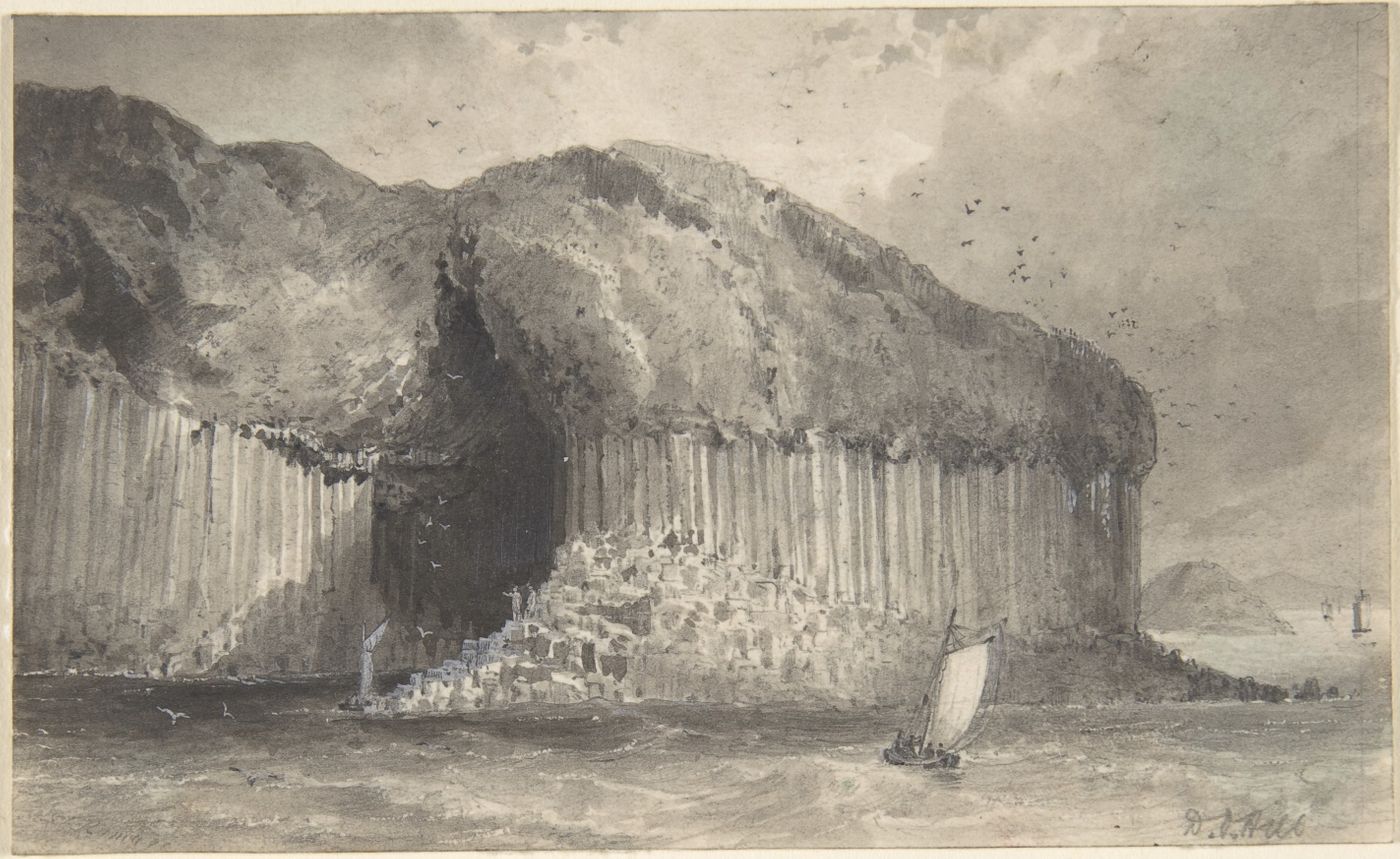
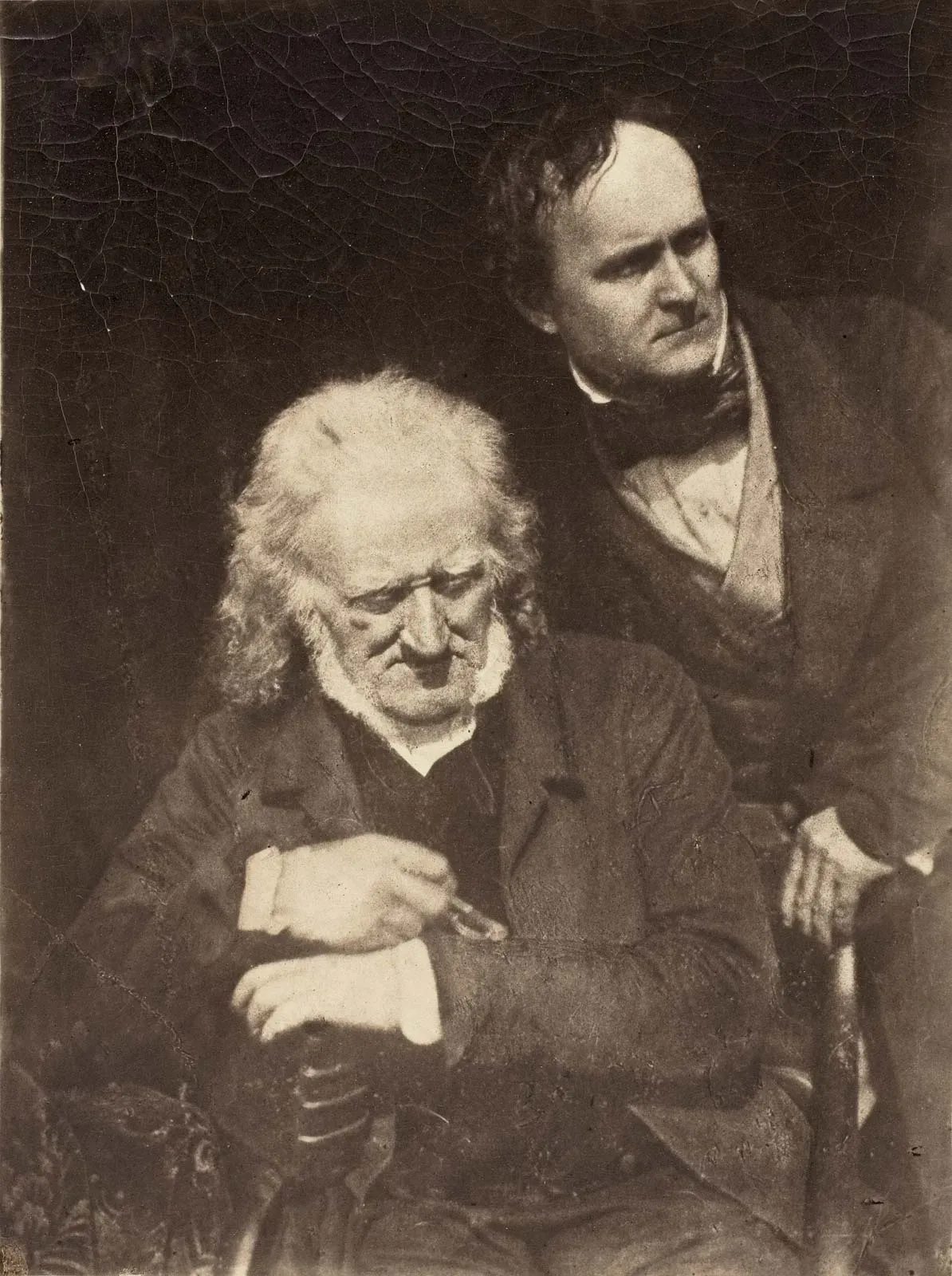
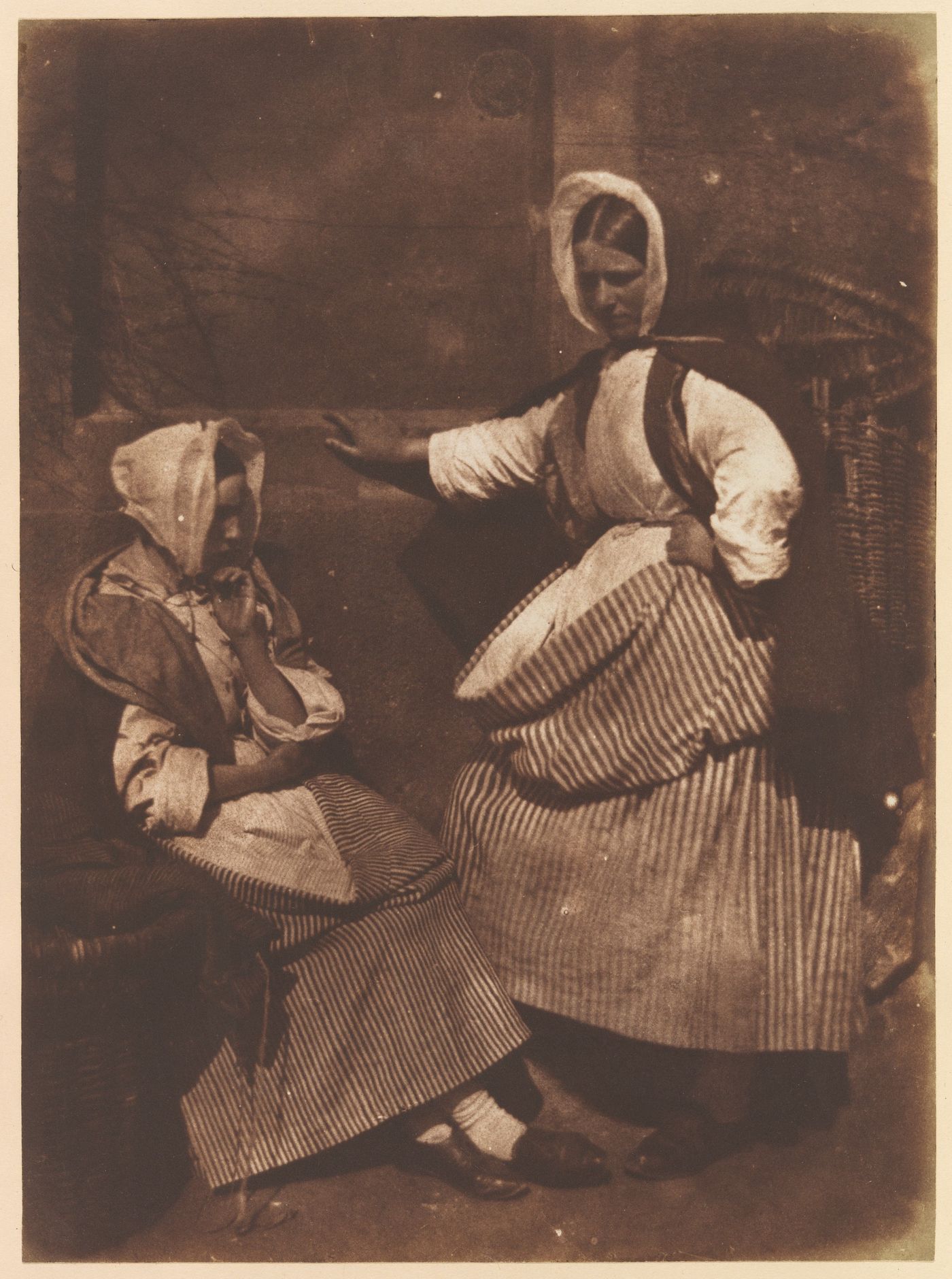
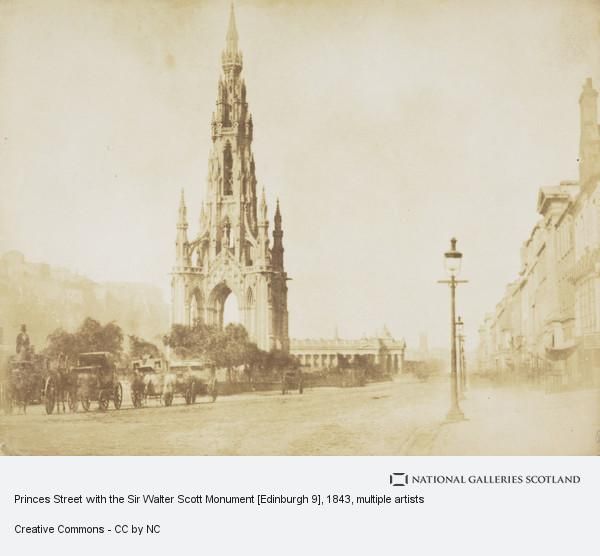

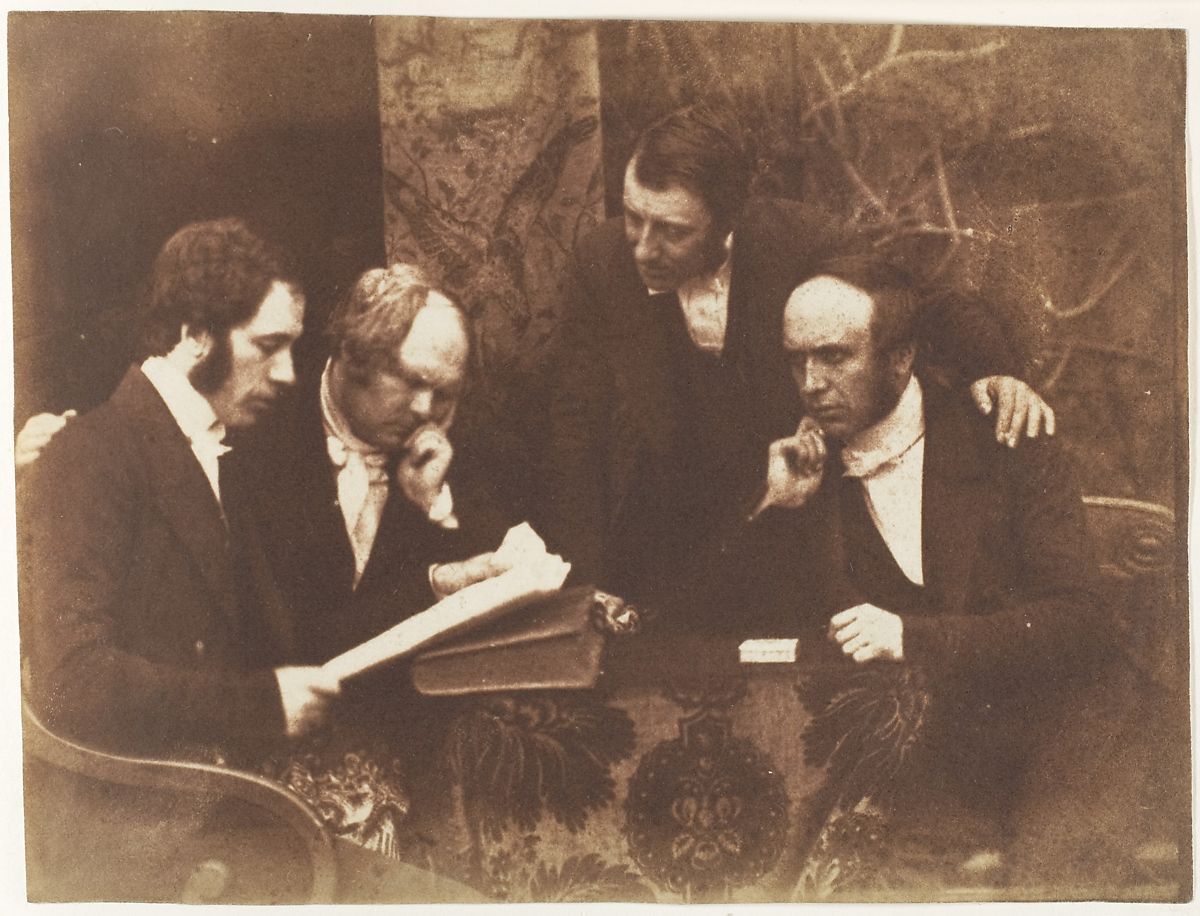

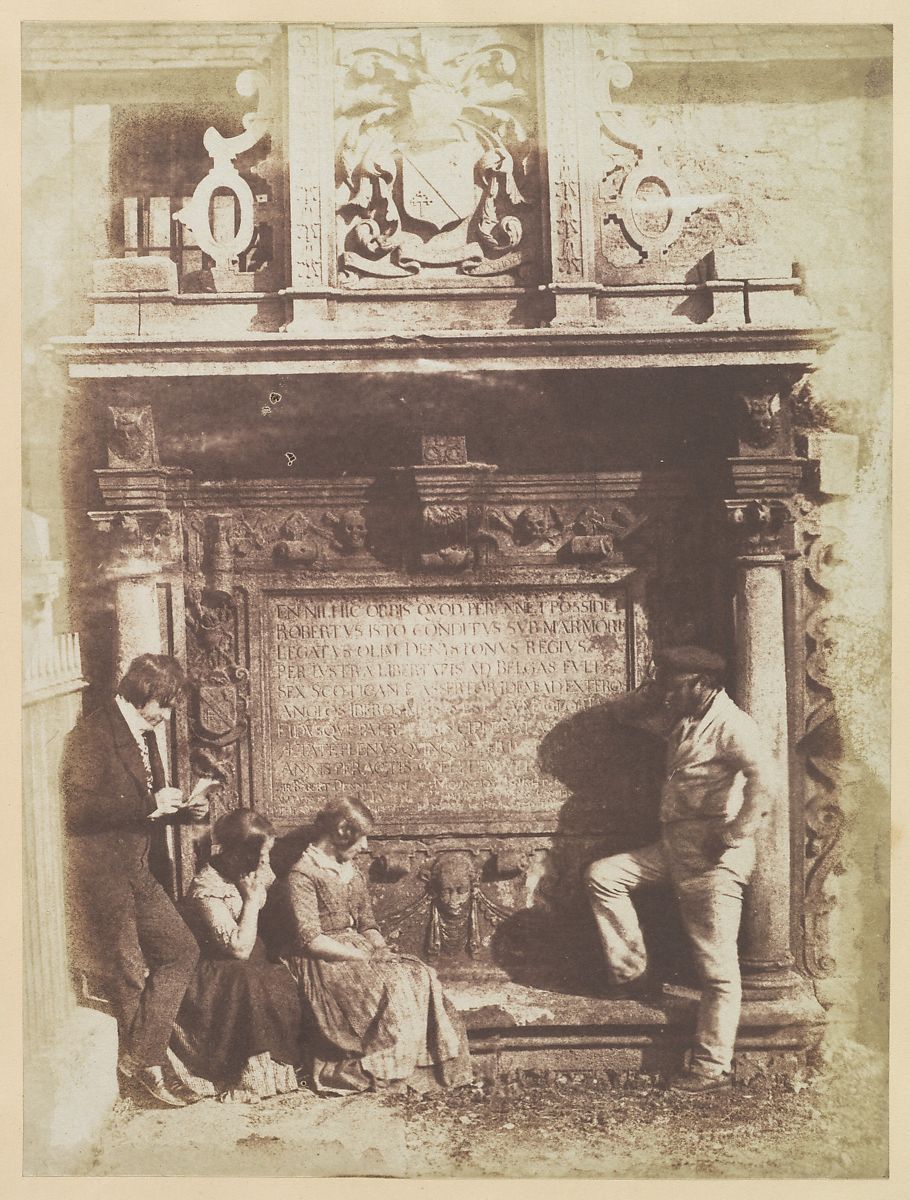
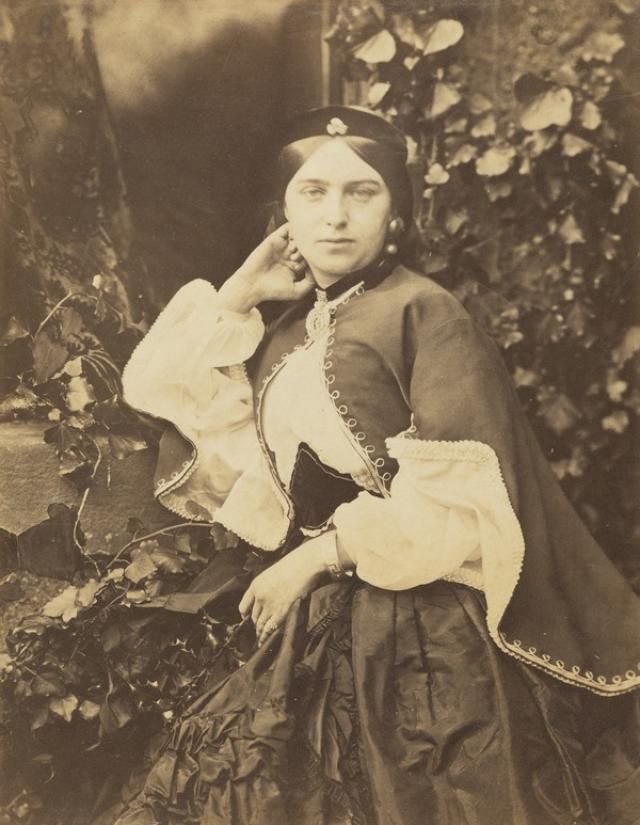
Like my work? Don't forget to support and clap, let me know that you are with me on the road of creation. Keep this enthusiasm together!

- Author